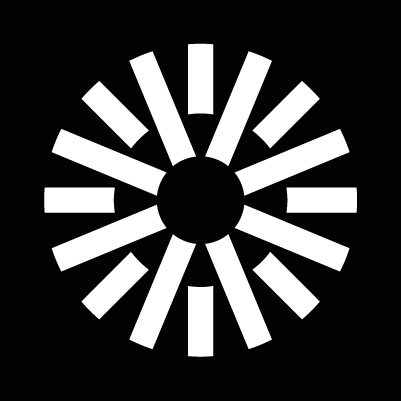The two axis "Political Compass" approach has some appeal because it's less simplistic, but the basis for it is not well defined.
>>>The underlying theory of the political model used by The Political Compass is that political ideology may be better measured along two separate, independent axes. The economic (left–right) axis measures one's opinion of how the
economy should be run. "Left" is defined as the desire for the economy to be run by a cooperative collective agency, which can mean the
state but also a network of
communes, while "right" is defined as the desire for the economy to be left to the devices of competing individuals and organizations.
[10]
The other axis (authoritarian–libertarian) measures one's political opinions in a social sense, regarding the amount of personal freedom that one would allow. "
Libertarianism" is defined as the belief that
personal freedom should be maximised, while "
authoritarianism" is defined as the belief that
authority should be obeyed. This makes it possible to divide people into four quadrants: authoritarian left (marked by red and placed in the top left), authoritarian right (blue in the top right), libertarian right (yellow or purple in the bottom right), and libertarian left (green in the bottom left). The makers of the Political Compass say that the quadrants "are not separate categories, but regions on a continuum".<<<

en.wikipedia.org
Pew Research has a quiz that puts people into one of nine political typologies.
Take our quiz to find out which one of our nine political typology groups is your best match.

www.pewresearch.org
I'm sure these types of quizzes provide some information, but (as others have noted) the questions often involve a forced choice between two simplistic alternatives. "Evaluating the evidence and making a rational choice based on the available evidence" is never an answer in the world of putting people into little boxes.